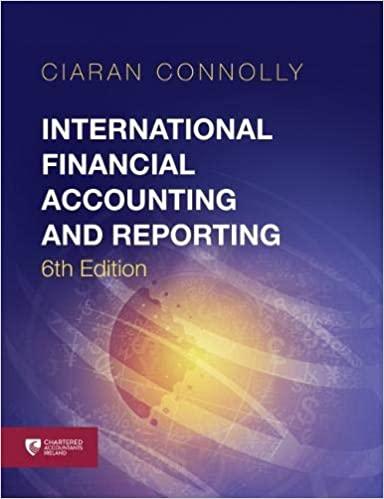Answered step by step
Verified Expert Solution
Question
1 Approved Answer
Evaluating Alternative Notes A borrower has two alternatives for a loan: (1) issue a $480,000, 60-day, 8% note or (2) issue a $480,000, 60-day note



Step by Step Solution
There are 3 Steps involved in it
Step: 1

Get Instant Access to Expert-Tailored Solutions
See step-by-step solutions with expert insights and AI powered tools for academic success
Step: 2

Step: 3

Ace Your Homework with AI
Get the answers you need in no time with our AI-driven, step-by-step assistance
Get Started


